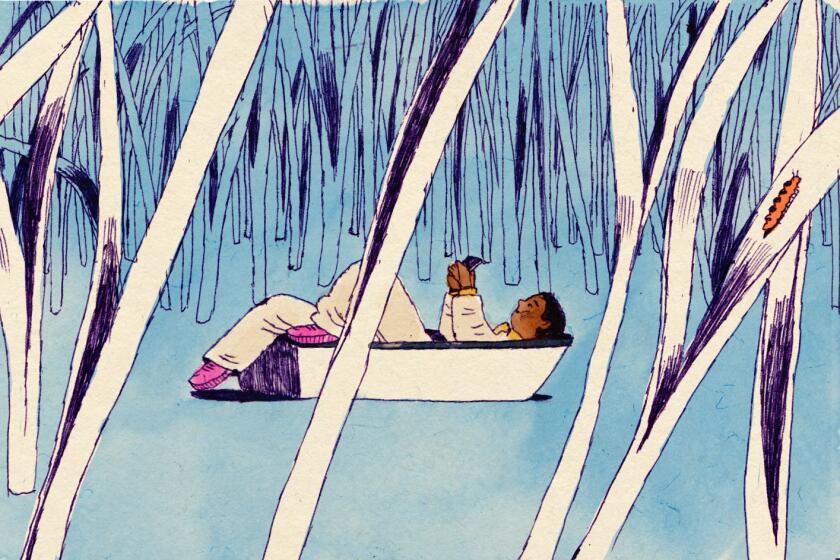Karlotta Freier / For The Times

What are the odds?
Two archaeologists are driving through the desert. One says to the other, “What do fossil footprints look like?” The other archaeologist points out the window and answers: “Well, kind of like THAT!” It’s no joke. It’s the story of how 12,000-year-old footprints were discovered through sheer luck, somewhere within the Air Force’s 1-million-acre Utah Test and Training Range. These 88 footprints seem to show that people congregated there, maybe splashing in shallow water for fun or searching for food. One of these scientists had previously found 23,000-year-old footprints in New Mexico, showing humans had followed elephant-like creatures and a giant sloth, which reared up on its hind legs and spun to confront the people when they caught up to it. At both sites, scientists found evidence of children playing and roaming — just like modern kids would. “When you see the children’s toes forming in what you’re digging,” one researcher said of the Utah site, “that’s just amazing.”

Functional art
Italy’s Mediterranean coast hides half of its natural beauty beneath the waves — including in the unique Posidonia meadows, a prairie of seagrass that is the foundation of the marine ecosystem. The abundant life once enticed illegal trawling operations to drag weighted nets through this area at night, decimating the landscape in pursuit of fish. But locals came up with a clever solution. A quarry donated huge blocks of marble, which artists carved pro bono. Now dozens of massive marble sculptures dot the landscape, forming an underwater sculpture garden that just happens to block trawling. As a bonus, the flora and fauna have already made a home in the nooks and crannies of the sculptures.

It’s who you know
Tucked into a vast analysis of 72 million people’s Facebook friendships, there’s a glimmer of hope for the American dream. This recent study tried to figure out why some people born into poverty are able to move up the economic ladder, while most of us stay pretty much wherever we start. The key? Friendships with more affluent people. Some neighborhoods have higher rates of cross-class connections, which the researchers call “economic connectedness.” Maybe if we can next figure out how those communities broke down barriers, we can replicate their success.
And one more ...
What would you name a baby hippo? The Cincinnati Zoo just welcomed a new little guy (who won’t stay little!) and is inviting the public to send in suggestions for his name.
A weekly feature aiming to provide some relief from doomscrolling.
More to Read
A cure for the common opinion
Get thought-provoking perspectives with our weekly newsletter.
You may occasionally receive promotional content from the Los Angeles Times.












